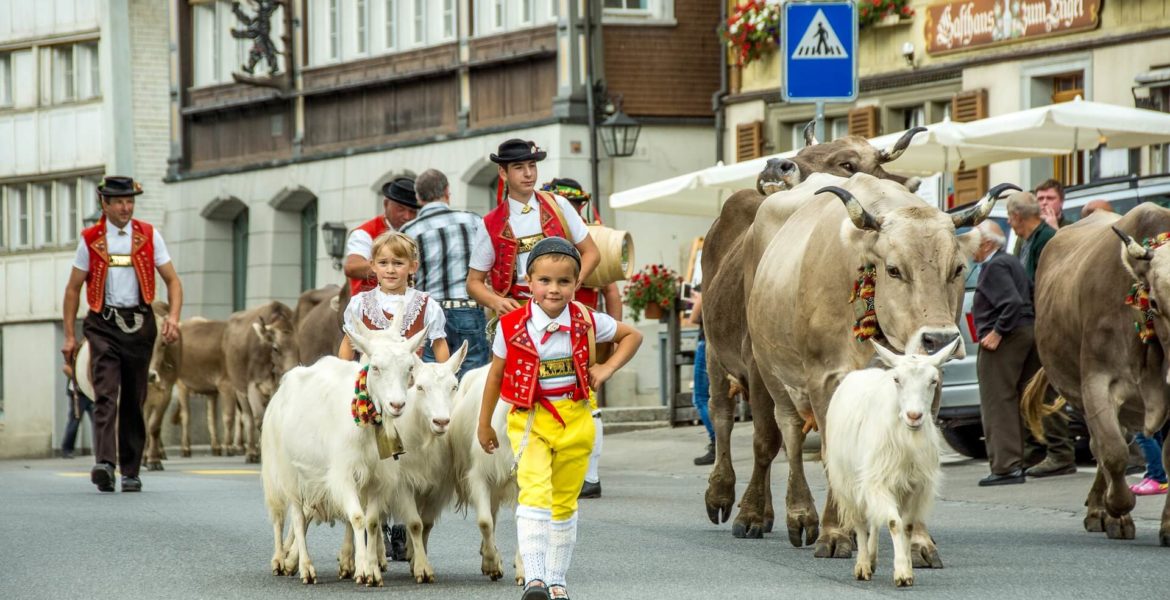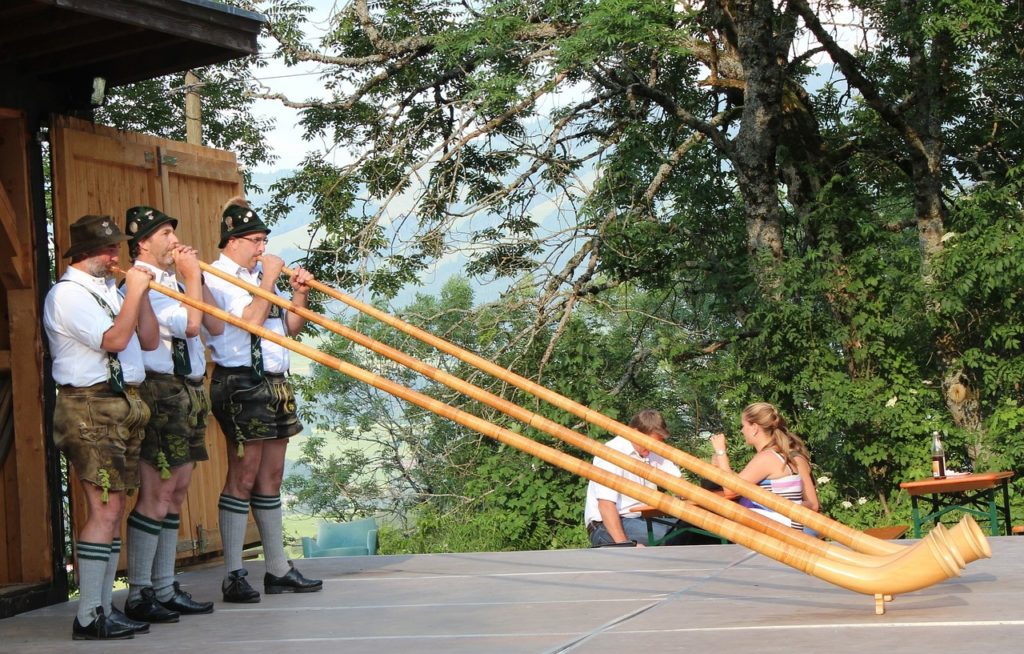Swiss customs and culture: attire, architecture, and music

The traditional dress of Switzerland is diverse and varied, like many other facets of the country's culture. The cantons have an impact on Swiss fashion. Every canton has a distinctive dress code. Swiss men dress in dark wool tights or stockings, a smoked shirt, a long-sleeved jacket or/and a huge, a headpiece, and shoes. Swiss women dress in vibrant smocked dresses, tight ribbon crest tops, puffed sleeves, stockings, shoes, and embroidered bags. They also wear aprons, lace bonnets, bonnets, and shoes.
Even while these outfits aren't worn as frequently these days, they are quite important for national holidays and folk festivals. They frequently draw a lot of tourists. Clothing of common Swiss people were fashioned with plain material such as wool for the wintertime and cotton in the summer. The costumes also differed according to marital status, social level, geography, age, and other attributes.

Roman architectural influences predominate in Swiss architecture, which is primarily evident in the cathedrals in places like Geneva, Basel, and Sion. The nation's castles and forts also feature Baroque and Gothic structures in their architecture. The following are a few of the most well-known Swiss architects who have had an impact on the world:
- Bernard Tschumi
- Peter Zumthor
- Mario Botta

I'm interested in leaning more about Switzerland culture is such a nice country
ReplyDeleteInteresting and informative thank you want to learn more about this country
ReplyDeleteWow 👌
ReplyDeleteWow 🔥
ReplyDeleteImpressive, 🥺
ReplyDelete